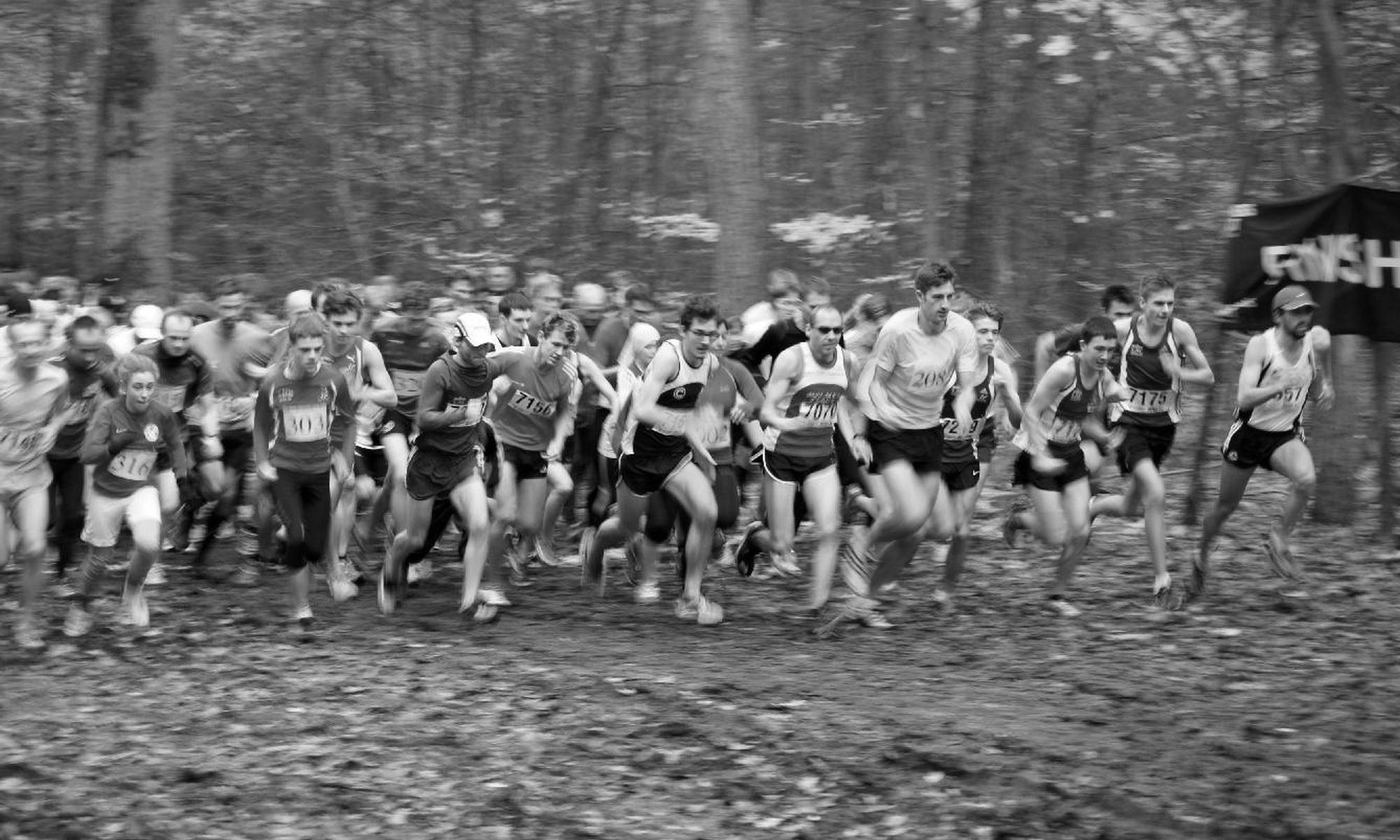Ein kleiner Auszug aus einem Online Workshop, den ich für das Live Kurse Programm von Holmes Place durchgeführt habe. Für eine gute Darstellung bezüglich der Rolle von Laktattoleranztraining darf ich noch verweisen auf das Standardwerk von Ernest W. Maglischo, Swimming Fastest. Wer mehr zur Fettstoffwechselbasisschwelle wissen möchte, findet Hinweise in Das Hermann Maier Trainingsprogramm von Heinrich Bergmüller und Knut Okresek.
Am Sonntag, den 11. Juli, um 10 Uhr gibt’s einen weiteren Workshop mit Empfehlungen für’s Lauftraining. Wieder über die Online Plattform von Holmes Place.
